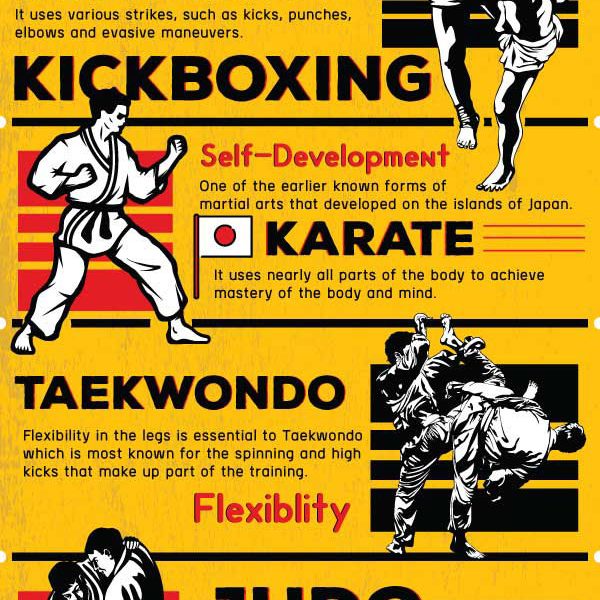Checking Out The Differences In Between Traditional Martial Arts And Contemporary Combat Sports
Checking Out The Differences In Between Traditional Martial Arts And Contemporary Combat Sports
Blog Article
Material Writer-Skovbjerg Snedker
When you consider martial arts, do you lean extra toward the typical methods or the contemporary combat sports? Each path supplies unique advantages and experiences, formed by their ideologies and training approaches. Conventional martial arts stress individual growth and self-control, while modern battle sports concentrate on competitors and performance. Comprehending these differences can direct you in selecting the ideal method for your journey. Yet how do these distinctions show up in training and philosophy?
The Viewpoint and Background Behind Conventional Martial arts
While many people associate martial arts with physical fight, the ideology and history behind conventional martial arts run much deeper. You'll locate that these disciplines emphasize personal development, self-control, and regard.
Stemming from ancient methods, standard martial arts were usually created for Self-Defense and spiritual development. They personify concepts such as balance, harmony, and self-constraint, assisting specialists past mere battling skills.
As you educate, you'll not only find out techniques but additionally gain understandings right into the society and worths that shaped these arts. learn this here now and practices, commonly passed down through generations, promote a sense of area and belonging.
The Competitive Nature of Modern Fight Sports
Modern combat sporting activities have actually changed the landscape of martial arts into an extremely competitive field, where athletes take on in a test of ability, method, and endurance.
You'll observe that competitors are commonly arranged with strict guidelines and laws, ensuring justice and security. These events bring in large audiences, sustaining the exhilaration and intensity of competitions.
Professional athletes train carefully, not just for physical expertise but also for psychological sturdiness, recognizing that every detail counts in the ring. The adrenaline thrill during competitions is apparent, as fighters push their restrictions to assert triumph.
Fans value the athleticism and creativity involved, making contemporary combat sports a thrilling spectacle that remains to advance and captivate enthusiasts around the globe.
Training Approaches and Strategies: A Comparative Analysis
The competitive atmosphere of contemporary combat sporting activities demands innovative training approaches that vary substantially from typical martial arts.
In modern-day training, you'll concentrate on certain methods, competing, and conditioning, commonly using drills that imitate actual fight situations. You'll see an emphasis on measurable performance and regular competition to examine your skills.
In taekwondo lessons for adults , standard martial arts focus on types, katas, and thoughtful mentors, often emphasizing discipline and regard over competition.
Training is normally less extreme and may entail repeated practice rather than real-time sparring.
While both techniques develop ability and health and fitness, modern-day battle sporting activities provide a more vibrant and adaptable training setting, preparing you for instant difficulties in the ring or cage.
Choose the course that lines up with your goals and interests.
Verdict
In choosing in between conventional martial arts and modern-day battle sporting activities, it really boils down to what you value the majority of. If you're trying to find personal growth, technique, and a sense of community, typical arts could be your ideal fit. Yet if you prosper on competition and real-time obstacles, modern-day battle sporting activities could be the method to go. Inevitably, both paths offer distinct advantages, so it's all about straightening your training with your personal goals and rate of interests.
